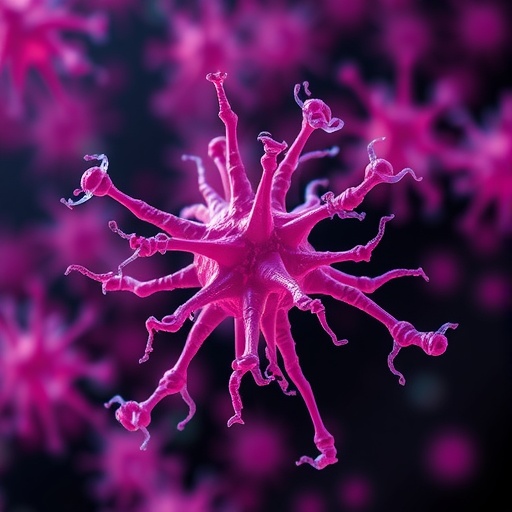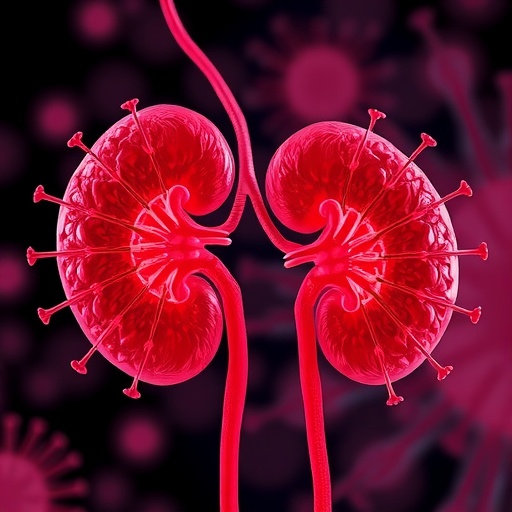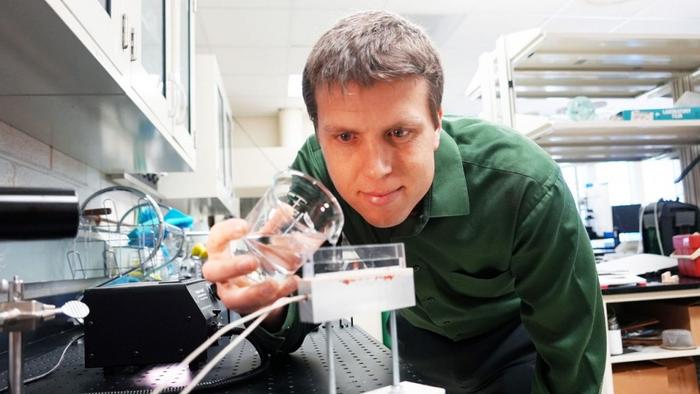Currently, a practical, precise, minimally invasive way to measure cardiac output or heart function in children undergoing surgery does not exist. New research published in the Online First edition of Anesthesiology, the peer-reviewed medical journal of the American Society of Anesthesiologists (ASA), illustrates how a novel minimally invasive method using catheter-based ultrasound to measure heart function performed with similar precision to a traditional highly invasive device.
Cardiac output, the volume of blood pumped by the heart per minute, is a crucial component of vital signs monitored in surgical patients. Evaluation by physical examination of critically ill children is often imprecise. Most devices used to monitor cardiac output are adapted from adult patients with limited use in children, due to differences in size, technical limitations, and risk of complications. Physicians have almost no available alternatives to manage and measure how a pediatric patient’s heart is responding to different therapies, since there are no practical and precise minimally invasive ways to measure cardiac output in infants and young children.
“This new technology is less invasive than earlier technologies and can be used while patients are awake, which makes it more clinically practical for young children,” said Theodor S. Sigurdsson, M.D., pediatric anesthesiologist, at Children’s Hospital, University Hospital of Lund in Sweden. “Our results demonstrate that this technology was not only easily adaptable in young children but also very accurate and precise. It could aid further validation of the next generation of non-invasive hemodynamic monitors in the intensive care setting.”
In the study, researchers used ultrasound sensors to produce precise measurements that were comparable to those obtained using a more traditional method of placing a probe around the patient’s aorta to measure heart function. Forty-three children between the ages of one and 44 months scheduled for corrective cardiac surgery were studied. Researchers measured heart function using both the invasive perivascular flow probe and the new minimally invasive ultrasound technology. After administering a saline injection, researchers were able to detect blood dilution levels using ultrasound sensors attached to an arteriovenous loop connected to catheters in the patient’s internal jugular vein and radial artery. The process is minimally invasive because it uses existing catheters and does not require additional invasive procedures.
After surgery, five consecutive repeated cardiac measurements were performed using both methods simultaneously, for a total of 215 cardiac output measurements. The ultrasound sensors showed a statistically similar precision for measuring cardiac output when compared to the results obtained using the periaortic flow probe.
In an accompanying editorial, Christine T. Trieu, M.D., physician anesthesiologist, at the Ronald Reagan UCLA Medical Center, noted there are very few commercially available, precise cardiac output monitoring devices for infants and young children.
“Despite the encouraging results from this study, there are still many challenges in developing the ideal cardiac output monitor for pediatric patients,” said Dr. Trieu. “This is the reason why we welcome and applaud the study by Dr. Sigurdsson et al; it offers the possibility of a simple and reliable method that uses arterial line and central line to measure cardiac output in children of all sizes.”
###
THE AMERICAN SOCIETY OF ANESTHESIOLOGISTS
Founded in 1905, the American Society of Anesthesiologists (ASA) is an educational, research and scientific society with more than 53,000 members organized to raise and maintain the standards of the medical practice of anesthesiology. ASA is committed to ensuring physician anesthesiologists evaluate and supervise the medical care of patients before, during and after surgery to provide the highest quality and safest care every patient deserves.
For more information on the field of anesthesiology, visit the American Society of Anesthesiologists online at asahq.org. To learn more about the role physician anesthesiologists play in ensuring patient safety, visit asahq.org/WhenSecondsCount. Like ASA on Facebook; follow ASALifeline on Twitter.
Media Contact
Theresa Hill
[email protected]





